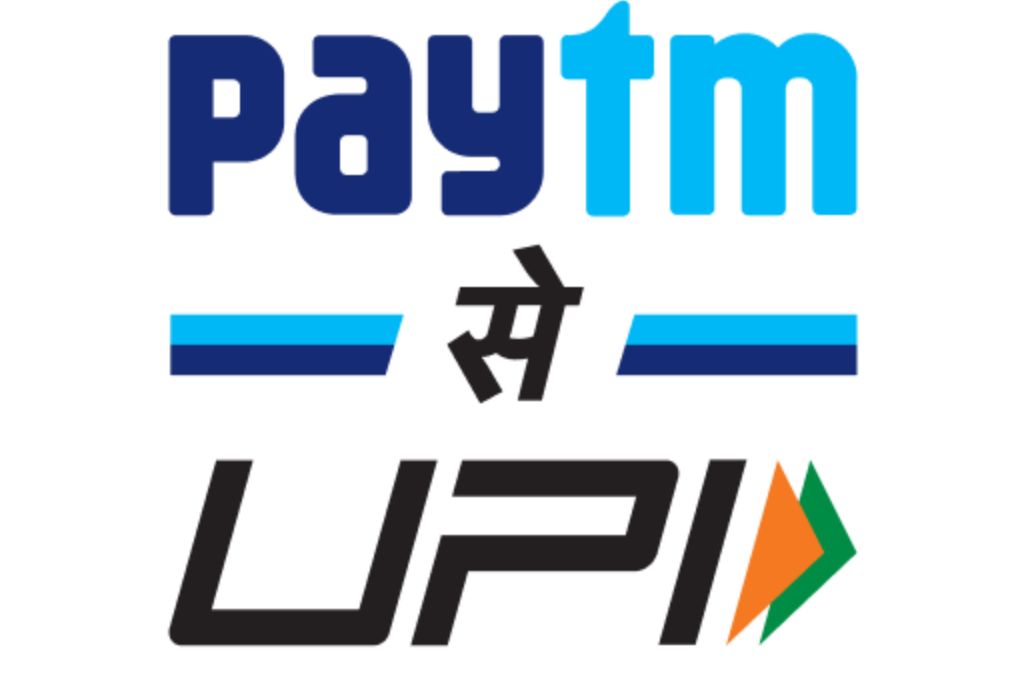Amidst the urban sprawl of Bengaluru, often dubbed India’s Silicon Valley, subtle yet profound changes are taking root. These aren’t the kind of shifts that make headlines or spark street protests. Instead, they’re quiet, digital transformations that are steadily altering India’s financial tapestry. At the forefront of this quiet revolution? A burgeoning tribe of fintech companies shaping the financial revolution India.
The Investment Magnet
India’s fintech landscape has seen a meteoric rise, especially in the wake of the pandemic. The push towards digital financial services has not only been a necessity but a strategic move to capitalize on a market ripe for digital disruption. But as with any rapid growth, there are challenges and opportunities that lie ahead. The numbers speak for themselves. In just the first half of a year, India’s fintech startups attracted a staggering $2 billion in investment. But what’s driving this influx of capital? The answer lies in the innovative solutions these companies bring to the table.
Take Razorpay, for instance. What began as a mere payment gateway has now blossomed into a comprehensive financial product suite. Their journey to achieving unicorn status, with a valuation of $3 billion in 2021, is a testament to the potential of fintech in India.


Similarly, Cashfree and Paytm have expanded their horizons, offering a plethora of services that cater to the diverse needs of the Indian populace.
Beyond Transactions


But it’s not just about payments. The fintech sector in India is multifaceted. Mswipe is venturing into the Buy Now, Pay Later (BNPL) space, while Axio is capitalizing on the e-commerce boom with checkout finance. The projected growth in digital payments, from $133 billion in 2022 to an estimated $153 billion in 2023, further underscores the sector’s potential.
A Nation’s Financial Awakening
Yet, beneath these impressive figures lies a deeper narrative. A story of a nation striving for financial inclusion, of startups bridging the credit gap that has long plagued India’s micro, small, and medium enterprises (MSMEs). The heartening rise of UPI transactions, the democratization of financial products through the JAM trinity, and the projected growth of the wealthtech market to $237 billion by 2030 all paint a picture of a brighter financial future for India. India’s fintech industry’s market size is projected to reach approximately $150 billion by 2025. The total addressable market for the Indian fintech industry is estimated to be $13 trillion by 2025.
Navigating the Regulatory Maze
However, it’s not all sunshine and rainbows. With rapid growth comes the inevitable scrutiny. Regulators are becoming more vigilant, and fintechs will need to tread carefully, ensuring compliance while continuing to innovate.
Investor Sentiments Revealed
The distribution of funding in the fintech sector also offers a glimpse into investor sentiment. Payments, capturing a 44% share of the total funding in 2021, emerged as the dominant fintech segment. This is indicative of the country’s digital transformation and the growing demand for digital payment solutions.
More Than Just Numbers
India’s fintech journey is not just about numbers and growth percentages. It’s about the transformation of a nation’s financial habits. The rise of digital lending platforms, insurtech solutions, and wealth management apps signifies a shift in how Indians perceive and interact with financial services. The traditional banking model, characterized by long queues and cumbersome paperwork, is giving way to seamless, digital-first experiences.
Roadblocks on the Digital Highway
While the growth trajectory is promising, challenges abound. Data security concerns, regulatory hurdles, and the need for financial literacy are pressing issues. Fintechs will need to prioritize user education, ensuring that the masses not only adopt digital solutions but do so with an understanding of the risks and benefits.
India on the Global Fintech Map
India’s fintech evolution has not gone unnoticed on the global stage. International investors are pouring in, recognizing the country’s potential to be a global fintech hub. Collaborations with global fintech giants, knowledge exchange programs, and the influx of foreign capital are setting the stage for India to be a frontrunner in the global fintech race.
Also read: Qashier Secures $10 Million in Series A Funding: Pioneering the Future of Fintech in Southeast Asia
India stands at the cusp of a fintech revolution. The road ahead is filled with challenges and opportunities. But with innovation, adaptability, and a customer-centric approach, India’s fintech sector is poised to redefine the global financial landscape. The world watches with bated breath as India charts its course in the digital financial realm.
















